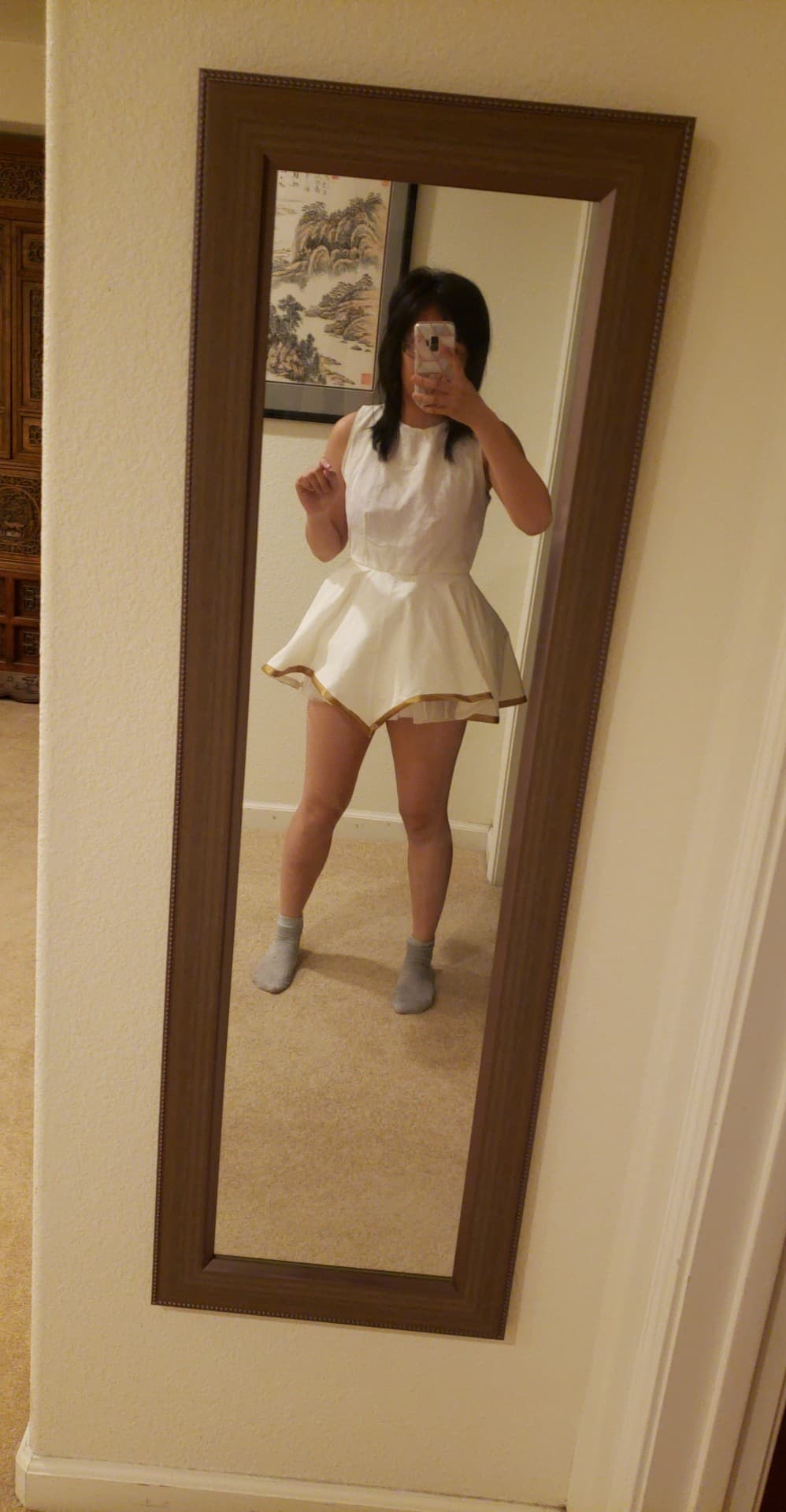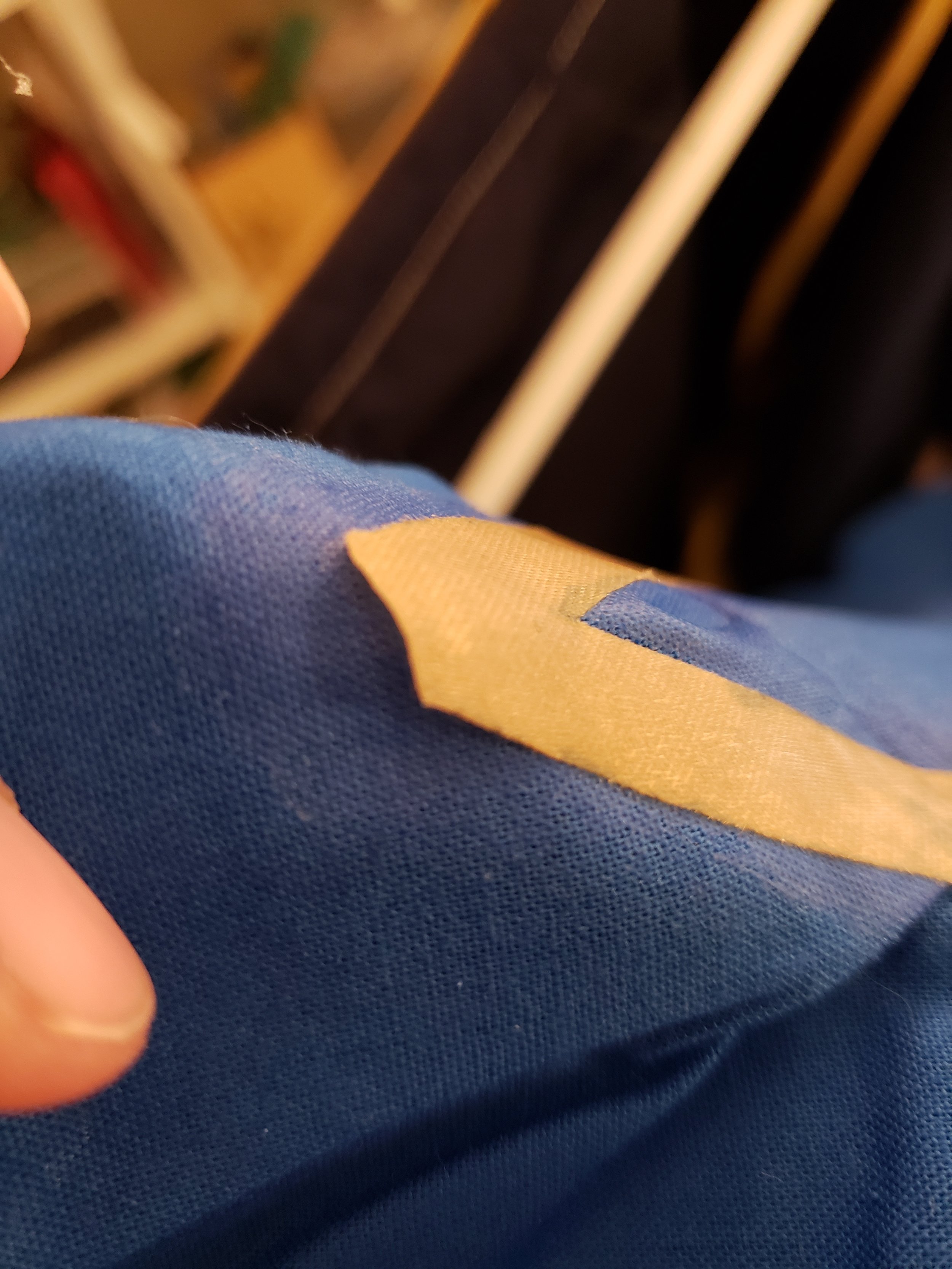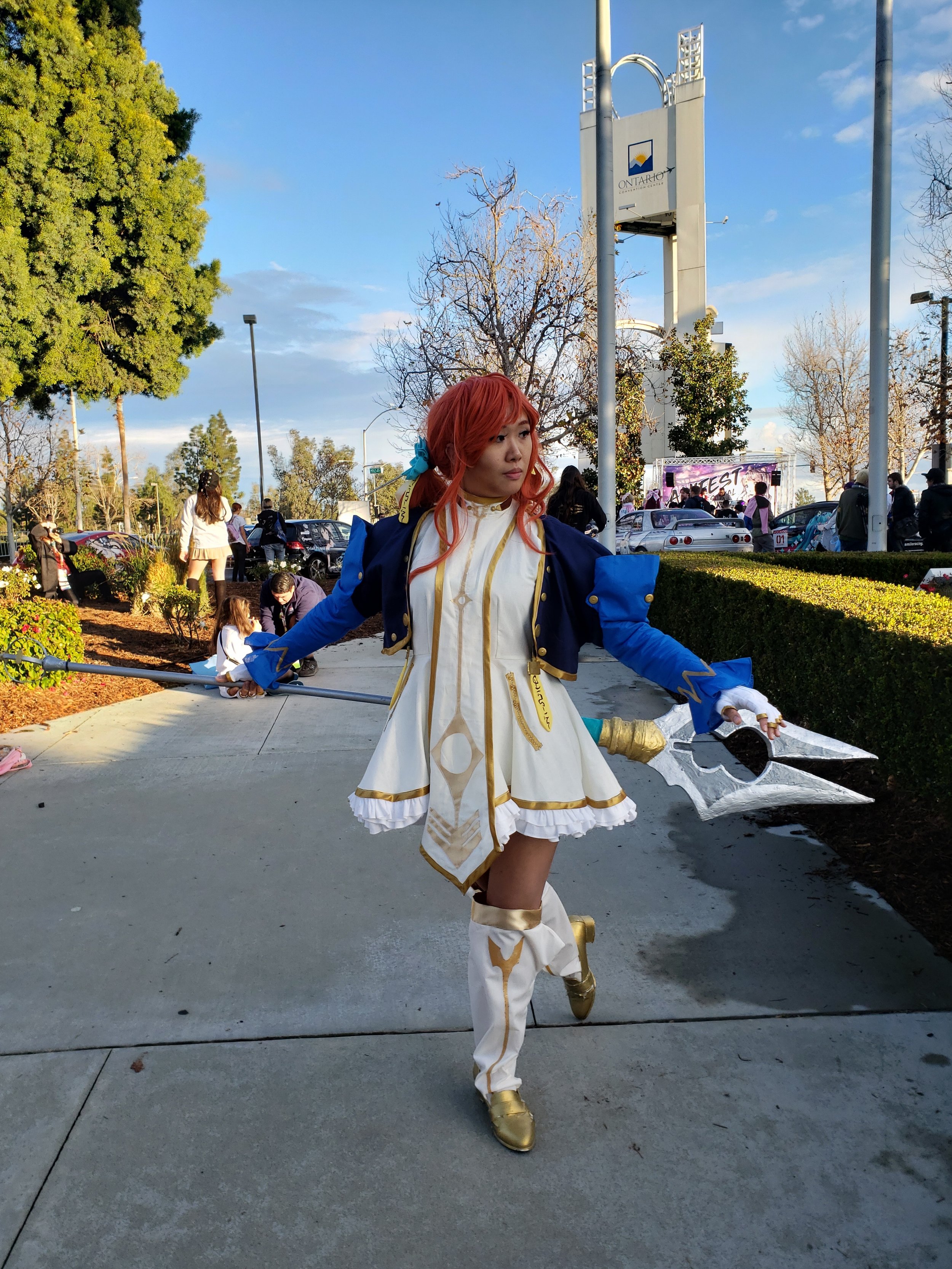How to Engineer a Cosplay
by Jessica Trinh
What? Engineering a cosplay? Yes, that’s definitely the word I intended to use for this post. If you want to know exactly what I mean, you’ll just have to keep reading! :)
I enjoy making my own cosplay, but I had to grow into it first. Like many other people trying something new, I was first coerced into it by friends wanting to go to Fanime as K-On! characters several years ago. A couple of them already knew how to sew, but I knew just about nothing at the time. Try asking someone who knows how to sew something like “What’s seam allowance again? Why’s that important?” several times… I still appreciate how patient my friends were back then!
With a lot of time and patience, I slowly learned how to sew basic clothing. And the more I make cosplays, the more that some of my other skills can grow! I’m getting better at visualizing and taking apart things in my head, and it’s also helped me a ton with practicing problem-solving. These kinds of skills actually do translate well to science fields -- yes, you do try to gain as much knowledge as you can, but the real part of being a scientist is being able to use your knowledge to figure out new things!
Finishing a cosplay is super rewarding to me. I feel a strong sense of accomplishment every time I put that last piece together or finish off that last stitch. And I get a lot of questions from friends and family about it --
“How did you know which materials to use? How did you even put everything together?” I don’t have an overarching answer to these questions, but to anyone who is new to and/or interested in making their own cosplay, you may find that using your engineering side would help you a lot!
For some, engineering is a lot of numbers, math, and complicated equations… but at the root of it, it’s just another method that people use to solve problems in their everyday life. Back when I used to work for a government lab, I thought a lot about the Engineering Design Process that we used whenever we wanted to, for example, genetically engineer bacteria or improve on a protocol we were already using in lab.
The Engineering Design Process is a cycle of basic steps and principles that engineers follow to create solutions to the problems they are looking at. Think of it as the scientific method, but for engineering. Many engineers will start learning these principles in their college years and reinforce them throughout their education. Some elementary schools are starting to incorporate engineering lesson plans into their science modules to get kids started thinking about how they can solve problems, too! Engineering is Elementary, an organization that helps teachers learn how to introduce engineering into the classroom, really helps break down this process into easy-to-follow steps:
While these steps vary between different disciplines of engineering, the main ideas are the same -- determine the problem, plan, create, and evaluate. You can use the same principles to make your own cosplay! And the more that you try, the more you will improve.
Ask:
“What is the problem? How have others approached it? What are your constraints?”
For Anime Los Angeles this year, I went as Eleanor Hume from Tales of Beseria (love my jRPGs!) -- which is no easy task. In order for me to even start working on this cosplay, I had to do a lot of research... which usually involves a lot of searching on Google Images. As you do your research, ask yourself questions! You don’t need to have all the answers to them right away, but it’s good to understand what you might run into. Sometimes, defining the problem involves making a mental list.
Luckily, there was a Wikia page for this character with a ton of reference images! I just put a few in this collage and made a list:
She’s wearing a jacket, a dress, boots, gloves, some hairbows… etc
She has a lot of small details (words on certain tags, gold trimming)
Her boots are particularly complicated
For people who are newer to making their own cosplay, this can be extremely daunting. Luckily, there are so many good tutorials out there for just about any sewing technique you are looking for (ex: how to make a circle skirt, a bodice, or just general tips or how to get started), and sometimes, there are people who have already made the entire cosplay and have kindly posted their how-to online! Some cosplayers also go to thrift stores to find similar-looking pieces of clothing that they can alter to fit the character.
When thinking about your project, you have to be careful about all the aspects that go into this cosplay, such as constraints. I’ve made a quick example list:
How much material do I need, and how can I be cost-effective with my cosplay?
Do I have all the equipment to feasibly make this (ex: sewing machine, adhesives, other tools)?
What resources do I have to figure out how to make each of these parts (ex: your friends, the internet, old sewing patterns)?
How does this character act in their source material, and how can I best embody that? (not related to engineering, but still very important!)
Imagine & Plan:
“What are some solutions? Brainstorm ideas. Choose the best one.”
“Draw a diagram. Make lists of materials you will need.”
My biggest tip for these steps is to break everything into small pieces. The whole cosplay becomes so much easier to wrap your head around when you can think about it one small piece at a time. For example, I thought of the collar and flaps as a separate piece from the skirt so that I wouldn’t have to worry about working around the dress zipper. And it doesn’t hurt to sketch things out! I’m not an artist, but I’m a visual learner -- and it helps me a lot to draw things out in parts.
Probably would be best to take some measurements of yourself -- it’ll help you think about how much material you would need, if you are planning on making your cosplay from scratch!
And of course, don’t be afraid to ask for help or use any resources that you have! I sure as heck didn’t know how to sew a jacket before this cosplay, but I found an old pattern that I bought for a nice formal bolero and adapted it for this cosplay. It’s your cosplay -- any creative solutions you can come up with to figure out how to make these pieces is a huge part of engineering, so go you!
And like I mentioned before, the more you make cosplays, the easier it is to make a solid plan! So don’t worry if you feel stuck at the planning step -- good cosplay is never a race (unless you’re con-crunching… but I don’t recommend it).
Create!:
“Follow your plan and create something. Test it out!”
This part can be the fun part… or the torture part. But that applies to any sort of engineering you’re doing -- after all, no one is perfect. I surely had fun making a really pretty dress that just kept getting more elaborate as I worked.
Pardon the excessive amounts of mirror pictures; I just had to see what everything looked like as a whole!
Improve:
“What works? What doesn't? What could work better? Modify your design to make it better. Test it out!”
Hopefully you’re not putting together a cosplay the night before a convention and can do a few test runs of walking and posing in it. Sometimes, the improvement step happens while you’re making something. A lot of people think that engineering or science is super simple (plan, execute, evaluate results) -- but honestly, it’s a lot of trial and error. Mostly error.
Sometimes the plans you make don’t pan out well. Maybe you didn’t use the right adhesive or those fabric glues you used weren’t as strong as you had hoped. That’s totally okay! We’re learning how to do all these new things (I sure as heck have never made a spear before) so these things just happen. All you can really do is make note of what didn’t work and try to improve on it. I ended up using different methods to hold everything together, and when the dust all settled I finally got a product that I was super satisfied with!
My cosplay isn’t perfect, but I learned a ton of new techniques making it and I always love seeing people’s faces light up when they recognize the character. <3
To summarize, there’s a lot of steps, but they all follow in a logical manner:
Engineering isn’t too much different than any sort of craft -- you focus on trying to solve a problem using your research skills and creativity, and continue trying to improve! Maybe I’ll try working on a more science-themed cosplay next time...
About the Author
Jessica Trinh is a current PhD student in Microbiology at the University of California, Riverside. She is currently interested in researching plant-microbe interactions, focusing on the bacterial component of the interactions. On her free time, she enjoys sewing, drawing, and perusing stationery stores!
@jessdoesascience










![[Cosplay for Science] Blog Post Figure.png](https://images.squarespace-cdn.com/content/v1/5aadd64ee74940eec0d7d79b/1553012217131-EZEWGEKBK1C1F04LQ0AP/%5BCosplay+for+Science%5D+Blog+Post+Figure.png)
